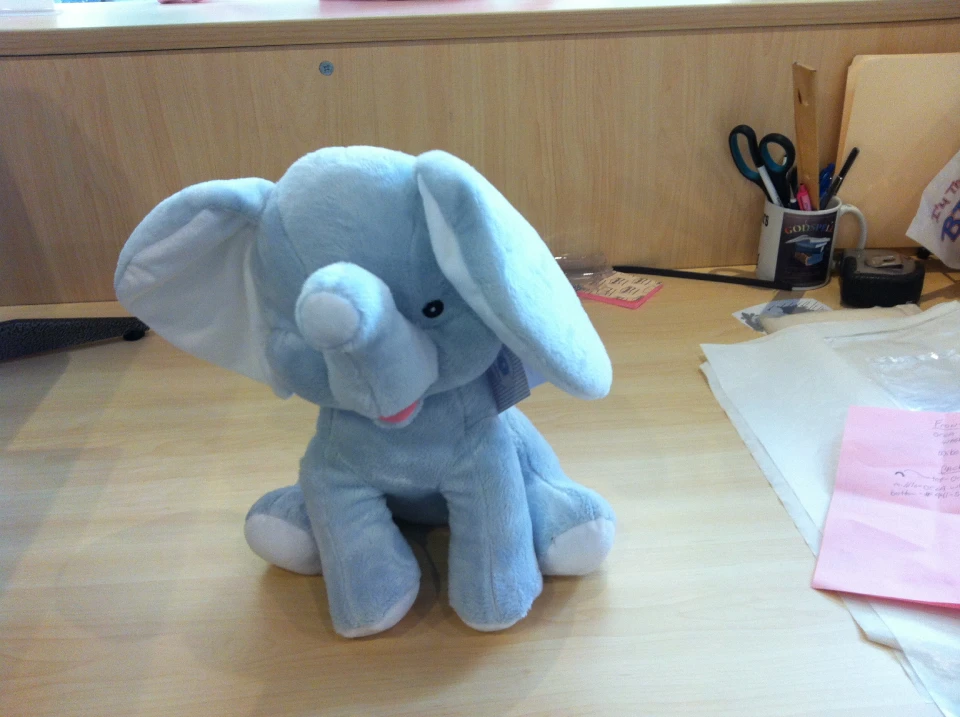Embroidered Sports Teams Names and Numbers - Professional and Long lasting
Embroidered Sports Teams Names and Numbers - Professional and Long lasting
Blog Article
The Art of Personalized Needlework: Opening the Tricks to Creating Distinct and Remarkable Styles
The keys to creating personalized embroidery styles that astound the eye and leave a lasting perception lie in a delicate equilibrium of technique, imagination, and attention to information. As we dive into the world of custom needlework, we discover the nuanced interplay between string option, stitch complexity, and style personalization that elevates a simple garment to a job of art.
Picking the Right Needlework Threads
When picking embroidery strings, what key aspects should you take into consideration to guarantee the best results for your custom layouts? The option of embroidery string is important in determining the last result of your stitched style.
Additionally, the weight or thickness of the string plays a substantial duty in the appearance of the embroidery. Thicker strings can add measurement and appearance to your layout, while finer strings are suitable for intricate details and small text. Furthermore, taking into consideration the shade fastness and washability of the thread is vital to make sure that your custom-made styles maintain their high quality and vibrancy over time. By carefully evaluating these variables and selecting high-quality threads that meet your particular needs, you can boost the aesthetic charm and durability of your stitched productions.
Exploring Different Stitch Techniques
To dig right into the world of 'Checking out Various Stitch Methods', one have to comprehend the ins and outs and subtleties that each sewing approach offers the art of embroidery. Various stitch techniques not only include aesthetic rate of interest but also add to the total texture and dimension of the layout. One prominent stitch method is the satin stitch, which entails carefully packed parallel stitches to create a smooth and shiny surface area, perfect for filling up in shapes and developing vibrant outlines.
On the other hand, the backstitch is a functional strategy commonly made use of for outlining and adding fine details. It involves stitching backwards to produce a strong line of embroidery. Furthermore, the French knot stitch includes a tactile element to layouts, excellent for creating distinctive accents like flower facilities or ornamental touches.
Exploring different stitch strategies enables embroiderers to play with light, darkness, and deepness within their styles, boosting the visual charm and artistic quality of their embroidery projects. By understanding different sewing methods, one can open endless opportunities for creating special and unforgettable custom-made needlework pieces.
Incorporating Personalized Design Aspects
Having discovered the intricacies of different stitch methods such as the satin stitch, backstitch, and French knot, the emphasis currently changes in the direction of including individualized layout components in check that customized needlework jobs. Customized style components play an essential function in making embroidery jobs absolutely one-of-a-kind and unforgettable.
An additional means to include personalized design elements is by including icons or themes that hold special definition to the recipient or show their interests and personality. For instance, integrating a favored blossom, pet, or hobby-related icon can make the needlework design extra meaningful and individualized. Furthermore, choosing colors that resonate with the recipient or align with the intended style can better enhance the personalization of the embroidery project.
Mastering the Art of Color Control

One secret element of shade coordination is comprehending color concept. This consists of understanding how different shades go interact with each other, the feelings they share, and just how they can be incorporated to develop aesthetically attractive designs. By applying color concept principles, embroiderers can develop unified shade combinations that boost the total look of the style.
Additionally, taking notice of comparison is important in shade control. Making use of contrasting colors can assist certain aspects of the layout pop, improve clarity, and develop a visually vibrant needlework piece. By grasping the art of shade coordination, embroiderers can boost their designs and develop remarkable pieces that reverberate with customers and viewers alike.
Enhancing Structure With Advanced Needlework Stitches
French knots, as an example, are ideal for including little, elevated dots to your design, mimicking the appearance of grains or creating a textured surface area. Bullion knots, on the various other hand, can be made use of to create twisted, ropelike elements that include a lavish feel to the needlework. Seed stitching entails tiny, scattered stitches that can fill out locations with a speckled structure, while turkey work develops fluffy, dimensional accents similar to pet hair or vegetation. Trying out these sophisticated embroidery stitches permits you to press the borders of typical needlework and produce absolutely special and aesthetically enticing textures in your layouts.
Verdict
Finally, the art of custom-made needlework involves a combination of picking the ideal threads, discovering various stitch techniques, incorporating individualized layout elements, understanding shade control, and boosting texture with innovative stitches. By understanding and implementing these crucial elements, embroiderers can develop special and memorable styles that showcase their creativity and skill. Needlework lovers can open the tricks to developing lovely and custom pieces that stick out and leave a long-term perception.
Report this page